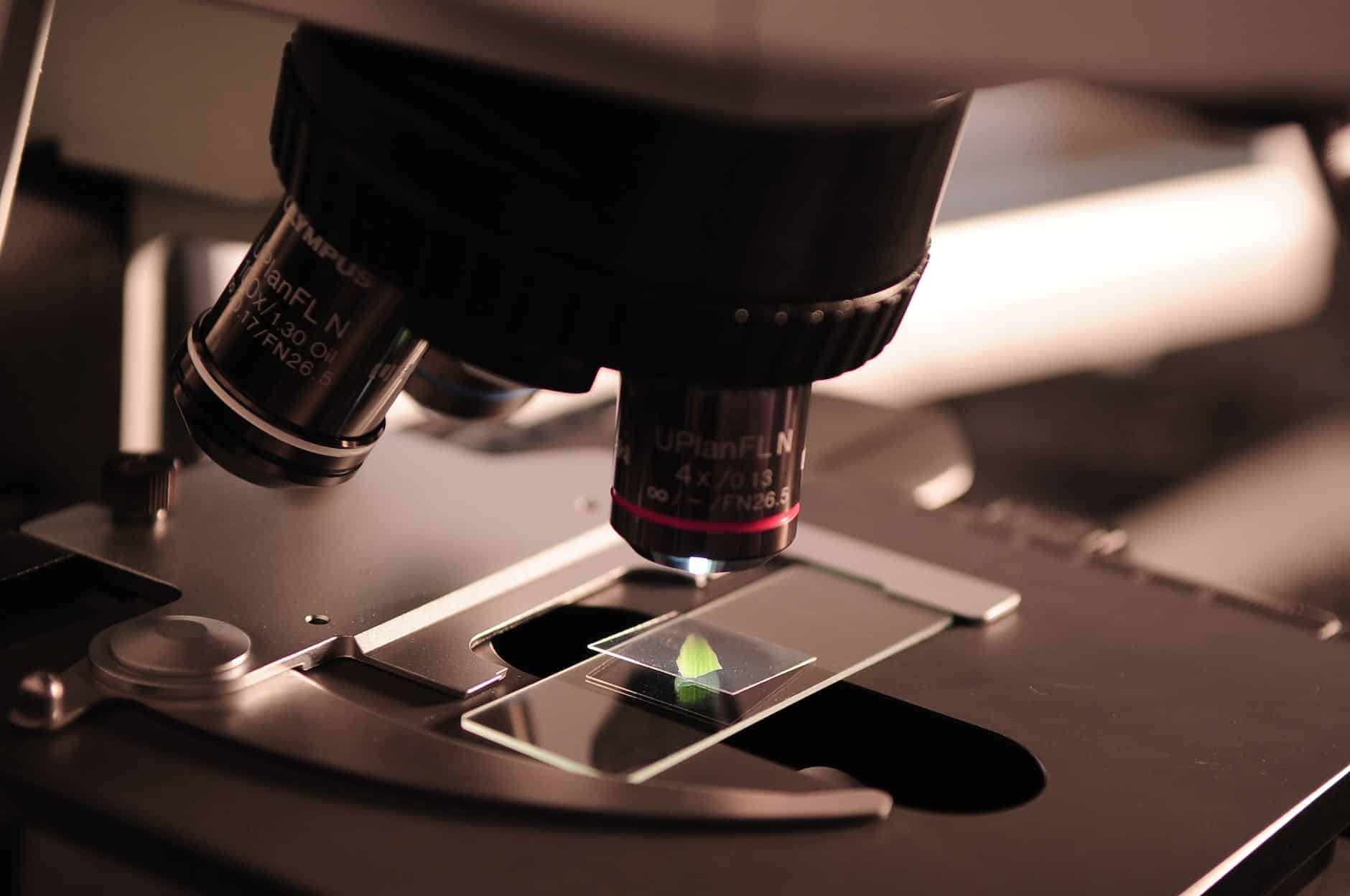Introduction
Life science startups are at the forefront of driving innovation and revolutionizing healthcare. However, the path from a groundbreaking idea to a marketable product is often paved with financial challenges. Life science venture capital funding rounds play a crucial role in providing the necessary capital and support for these startups to thrive. In this comprehensive guide, we will walk you through the various funding rounds, from the initial seed stage to the more mature Series D, and explore the key aspects and considerations at each stage of the journey.
1. Seed Stage: Cultivating the Idea
The seed stage is where it all begins for life science startups. At this early stage, entrepreneurs and researchers seek initial capital to prove their concept and validate their technology or product. Seed funding is typically provided by angel investors, venture capitalists, or government grants. Investors in this stage are willing to take higher risks in exchange for a significant stake in the company’s equity. To attract seed funding, startups must showcase a compelling scientific rationale, a clear market opportunity, and a strong founding team. The funds raised at the seed stage are critical for conducting initial research, building prototypes, and generating preliminary data.
2. Series A: Growing the Vision
Once the seed stage objectives are met, startups often seek Series A funding to further develop their product or technology. Series A funding enables companies to advance their research and development efforts, conduct preclinical or early clinical trials, and expand their team. At this stage, investors will scrutinize the startup’s progress, market potential, and intellectual property portfolio. Series A funding is a critical juncture for life science startups, as it sets the stage for their growth trajectory and potential to attract future investments.
3. Series B: Scaling the Business
With the groundwork laid in the earlier stages, startups at the Series B funding round are focused on scaling their operations. The funds raised at this stage are typically used to conduct larger and more advanced clinical trials, expand manufacturing capabilities, and initiate commercialization efforts. Series B investors are interested in evidence of clinical efficacy, regulatory progress, and market adoption potential. A successful Series B funding round enables startups to build a more extensive infrastructure, hire specialized talent, and strengthen their market position.
4. Series C: Expanding Market Reach
At the Series C funding round, life science startups are focused on expanding their market reach and preparing for commercialization on a broader scale. Series C funds are often used to support late-stage clinical trials, obtain regulatory approvals, and launch commercial activities. Investors at this stage are particularly interested in the startup’s ability to penetrate the market and generate revenue. Companies that reach Series C funding have usually demonstrated substantial progress in their clinical development and are poised to transition from a research-focused entity to a commercial enterprise.
5. Series D: Achieving Sustained Growth
Series D funding is typically the final private funding round before a potential initial public offering (IPO) or acquisition. Startups at this stage have achieved significant milestones and are looking to achieve sustained growth and profitability. Series D funds are used for expanding sales and marketing efforts, entering new markets, and investing in research and development to drive further innovation. Investors in Series D funding rounds may include specialized life science funds, crossover investors, or private equity firms. Successful Series D funding marks a critical step toward the startup’s potential exit strategy or future strategic partnerships.
Conclusion
Life science venture capital funding rounds are instrumental in fueling the growth and success of startups in the healthcare industry. From the early seed stage to the more mature Series D, each funding round represents a milestone in the startup’s journey, supporting their research, development, and commercialization efforts. As startups progress through these funding rounds, they must continuously demonstrate scientific excellence, market potential, and effective execution. Simultaneously, investors must carefully assess the risk-reward profile and potential returns on their investments. By understanding the dynamics of each funding stage and aligning the right investment strategies, both startups and investors can contribute to driving innovative solutions that have the potential to transform patient care and reshape the future of healthcare.

